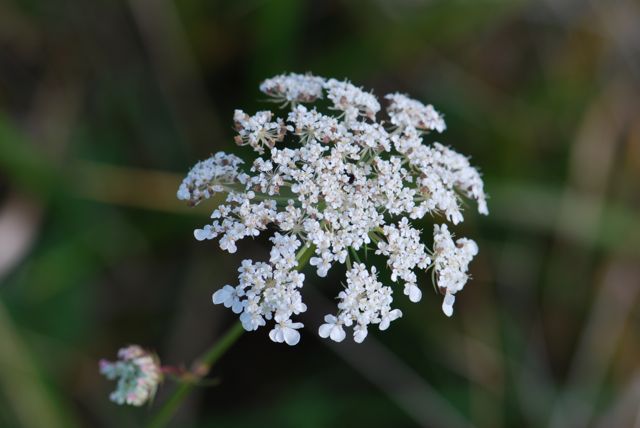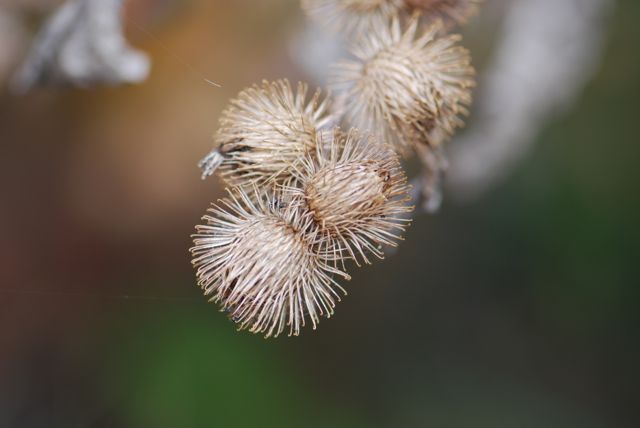Today we a featuring an award-winning new nonfiction picture book Animal Teachers by Janet Halfmann and illustrated by Katy Hudson. For a full review of the book, see our sister blog, Wrapped in Foil.
Animal Teachers introduces young children to the idea that nonhuman animals learn from their parents and peers in similar ways as humans by giving a series of fun and instructive examples. Some of the examples in the book will probably surprise you. Did you know that chicks might need to be taught what is proper food or that cheetahs might need to be taught how to run? The book definitely gives you a lot to think about.
Related Information and Activities:
What is learning? What is teaching? It turns out that these are not easy questions to answer, especially when we think of animals other than humans. It also isn’t easy to figure out what behaviors are inborn or innate (nature), which are learned or depend on experience (nurture), and which are a bit of both. Let’s take a look at some vocabulary and activities from the field of animal behavior.
Learning: the act or process of acquiring new knowledge, skills or preferences by being taught, practicing, or experiencing something.
An example would be learning to roller skate. You might watch someone else, have someone teach you how to stand up, and then practice for hours before you completely know how to do it.
Animal Teachers has a lot of good examples of animals learning what to eat, how to recognize their parents’ voices and even how to stay dry.
Teaching:
Those who study animal behavior have had to come up with a definition of teaching that can be used for nonhuman animals. They have decided to be a true teacher, an animal must change its behavior when it encounters an inexperienced animal. At a cost to its own ability to perform the task, it must set an example so that the untrained animal can learn more quickly than it could have without training.
An example in Animal Teachers is a mother elephant teaching her baby to drink water.
 (Public domain photograph by Alex Wild)
(Public domain photograph by Alex Wild)
You might think that drinking water would be automatic, but a baby elephant starts out drinking its mother’s milk with its mouth. Drinking water from a stream using its trunk is very different. It must suck the water half way up the trunk, hold it as it moves its trunk into its mouth and then release it into its mouth. It is kind of like learning to drink with a straw.
How does the mother change its behavior to be a teacher? Instead of simply drinking as much as she needs and walking away, the mother shows the baby and encourages it to copy her movements.
It turns out that even invertebrate animals can be teachers. Sometimes worker ants teach other worker ants from the same colony how to reach food by a behavior called “tandem running.” An ant that knows the way to the food runs ahead and an ant that doesn’t know the way follows closely behind. The “teacher ant” changes its behavior because it runs more slowly than it would have it was simply going to the food on its own. A learner ant can run to the food by itself after following the teacher ant, where it couldn’t before tandem running (See more at memory in ants from Wild About Ants).
Teaching Activity: Playing School
Have you ever played school? It can be a lot of fun.
1. Find a place to use as your “schoolhouse and invite your sisters, brothers, and friends to play school.
2. Decide what you would like to teach and what your students would like to learn.
3. Gather some books, paper and pencils/markers. Or if you like sports, pretend to be a coach and gather some balls and other sports equipment.
4. Take turns being the teacher (or coach) and being the student.
5. Read and discuss Animal Teachers. Answer the questions in the book. Talk about what you learned as a teacher and what you learned as a student.
Other vocabulary used when studying animal behavior:
Anthropomorphism: This is a big word that means we shouldn’t think all animals think and do things like humans. One problem with studying learning in other animals is that when a nonhuman animal behaves in a way that we recognize as similar to us, we think it is also has the same thoughts as we do. For example, when a cat rubs against us, we may think it is showing affection, whereas it may be simply rubbing its scent on us (marking).
Self-recognition: One test of animal smarts that has been used in the past is whether or not it can recognize itself in a mirror (a Scientific American article that reveals there are some faults with this test).
Even so, see the self-recognition rouge test in action with some babies and toddlers.
Some other animals are definitely capable of self-recognition, including dolphins and elephants.
Self-Recognition Mirror Activity:
See if your pets react to a mirror, either handheld or bathroom mirror (be careful not to endanger your pet by placing it somewhere too high or unsafe). While gently playing or grooming your pet, introduce the mirror. What do you observe? Does your pet try to get to the animal behind the mirror? Does it seem excited, as if meeting a new dog or cat for the first time? Or is it not interested at all?
Do you have a bird, guinea pig or pet rat? How do they react to a mirror? Compare the reaction of your different pets.
Design an experiment to hide a treat that your pet can see in the mirror but not without the mirror, such as placing a treat on the ground behind it when it is looking in the mirror. What does it do? Does it seem to understand the food is there and turn around or not?
Back to the book, Animal Teachers is wonderful jumping off point to learn more about animal behavior. It definitely would be a great resource for the classroom and you will also want to share it with children interested in animals. Expect high excitement and a lot of lively discussions!
Age Range: 4 – 8 years
Hardcover: 36 pages
Publisher: Blue Apple Books (September 2, 2014)
ISBN-10: 1609053915
ISBN-13: 978-1609053918
Disclosures: The book was provided by the author for review purposes. Also, I am an affiliate with Amazon so I can provide you with cover images and links to more information about books and products. As you probably are aware, if you click through the highlighted title link and purchase a product, I will receive a very small commission, at not extra cost to you. Any proceeds help defray the costs of hosting and maintaining this website.
Come visit the STEM Friday blog each week to find more great children’s Science, Technology, Engineering and Math books.
Reviews of children’s nonfiction books are posted Mondays at Nonfiction Monday blog.

























